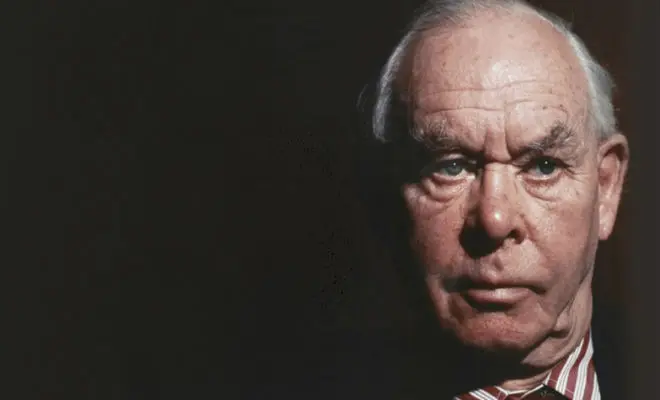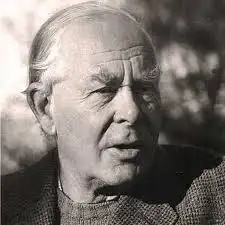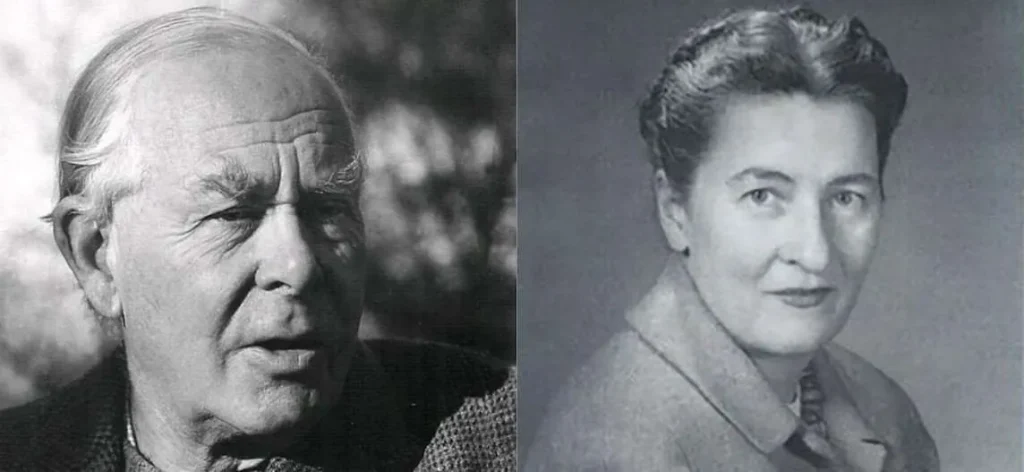
John Bowlby Biography: Height, Ethnicity, Age, Net Worth, Siblings, Parents, Wife, Awards, Books
John Bowlby was a British psychologist and psychoanalyst. He gained prominence for developing attachment theory, which posits that early relationships between children and their caregivers have a profound impact on psychological development.
His work, particularly during his tenure at the Tavistock Clinic and his collaboration with the World Health Organization, brought attention to the importance of a child’s bond with their primary caregiver.
Trending Now!!:

Profile
- Full name: Edward John Mostyn Bowlby
- Date of birth: February 26, 1907
- Age as of 2025: Deceased
- Gender: Male
- Place of birth: London, England
- Nationality: British
- Profession: Psychologist, Psychiatrist, Psychoanalyst
- Height: N/A
- Parents: Father: Sir Anthony Alfred Bowlby; Mother: Mary Bowlby
- Siblings: Five siblings
- Spouse: Ursula Longstaff
- Children: Sir Richard Bowlby and others
- Relationship status: Married
- Net worth: $3 million
Early Life and Education
John Bowlby was born on February 26, 1907, in London, England, into an upper-middle-class family. He was the fourth of six children of Sir Anthony Alfred Bowlby, a prominent surgeon, and Mary Bowlby.
In line with the customs of his social class, Bowlby was primarily raised by a nanny, experiencing limited interaction with his parents. At the age of seven, he was sent to boarding school, an experience he later described as traumatic.
Bowlby attended Trinity College, Cambridge, where he initially studied medicine before switching to psychology, graduating in 1928. He later studied medicine at University College Hospital in London and trained in psychiatry at the Maudsley Hospital. Bowlby also trained in psychoanalysis at the British Psychoanalytic Institute.

Personal Life
In 1938, John Bowlby married Ursula Longstaff, the daughter of a surgeon. The couple had four children, including Sir Richard Bowlby. Details about his other children are not specified. Bowlby’s personal experiences, including his own upbringing and family life, influenced his professional focus on child development and attachment.
Career
John Bowlby was renowned for his contributions to child psychiatry and the development of attachment theory. He worked at the London Child Guidance Clinic and later at the Tavistock Clinic, where he established a research unit to study the effects of separation on young children.
In 1950, Bowlby was commissioned by the World Health Organization to write a report on the mental health of homeless children in Europe, resulting in the publication of “Maternal Care and Mental Health” in 1951.
His most influential work, the three-volume series “Attachment and Loss,” was published between 1969 and 1980. Bowlby’s theories emphasized the importance of a child’s relationship with their primary caregiver and the impact of early attachment on later emotional and social development.
Awards
- Commander of the Order of the British Empire (CBE)
Net Worth
John Bowlby’s net worth as of today is estimated to be around $3 million.
Death
John Bowlby passed away on September 2, 1990, at his summer home on the Isle of Skye, Scotland, at the age of 83. His death marked the end of a significant career that had a lasting impact on the fields of psychology and child development.
Controversy
John Bowlby’s attachment theory, while groundbreaking, was not without its critics and controversies. Some psychologists and scholars have argued that his emphasis on the mother-child bond overlooks the roles of other caregivers and the broader social context in a child’s development.
Critics also contended that his theories were based on limited empirical evidence and that his conclusions were too deterministic, suggesting that early attachment experiences irrevocably shaped an individual’s future relationships and mental health.
Additionally, some feminists criticized Bowlby’s work for reinforcing traditional gender roles by emphasizing the mother’s role in child-rearing, potentially discouraging women’s participation in the workforce.
Despite these criticisms, Bowlby’s attachment theory has been extensively researched and expanded upon, particularly through the work of Mary Ainsworth, who developed the “Strange Situation” assessment to study attachment in infants. Over time, attachment theory has evolved to consider the influence of multiple caregivers and cultural variations in child-rearing practices.
Social Media
- N/A
Books
- Maternal Care and Mental Health
- Child Care and the Growth of Love
- Attachment
- Separation: Anxiety and Anger
- Loss: Sadness and Depression
- A Secure Base: Parent-Child Attachment and Healthy Human Development
- Charles Darwin: A New Life
NOTICE!! NOTICE!! NOTICE!!
At TheCityCeleb, we strive to provide accurate and up-to-date biographies and entertainment news, focusing on celebrities. Our editorial team researches information from reputable sources, including interviews, official statements, and verified media.If you spot an error or have additional details, please contact us at editor@thecityceleb.com. We value your feedback and are committed to maintaining trustworthy content.


